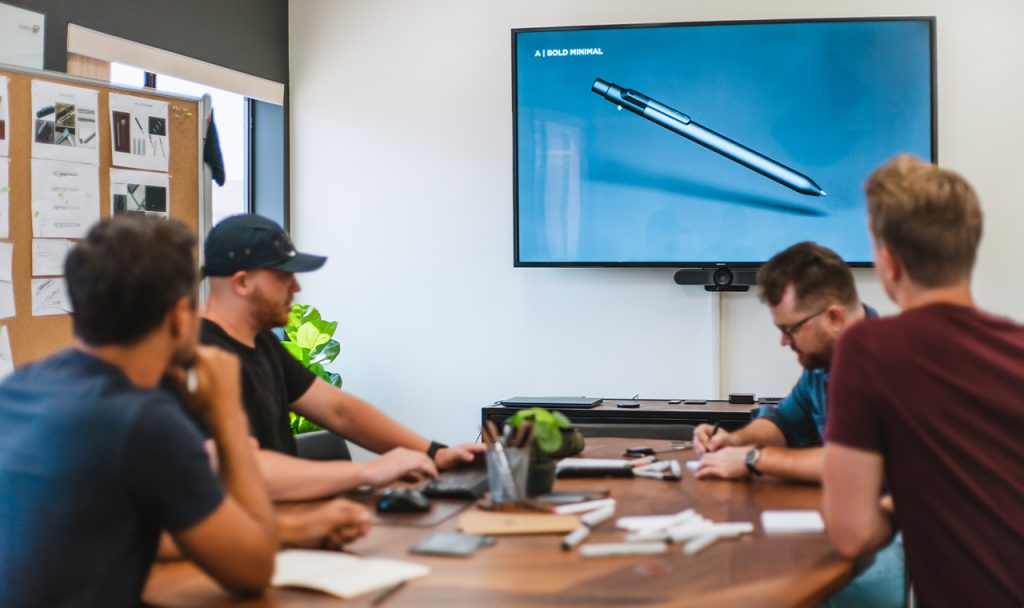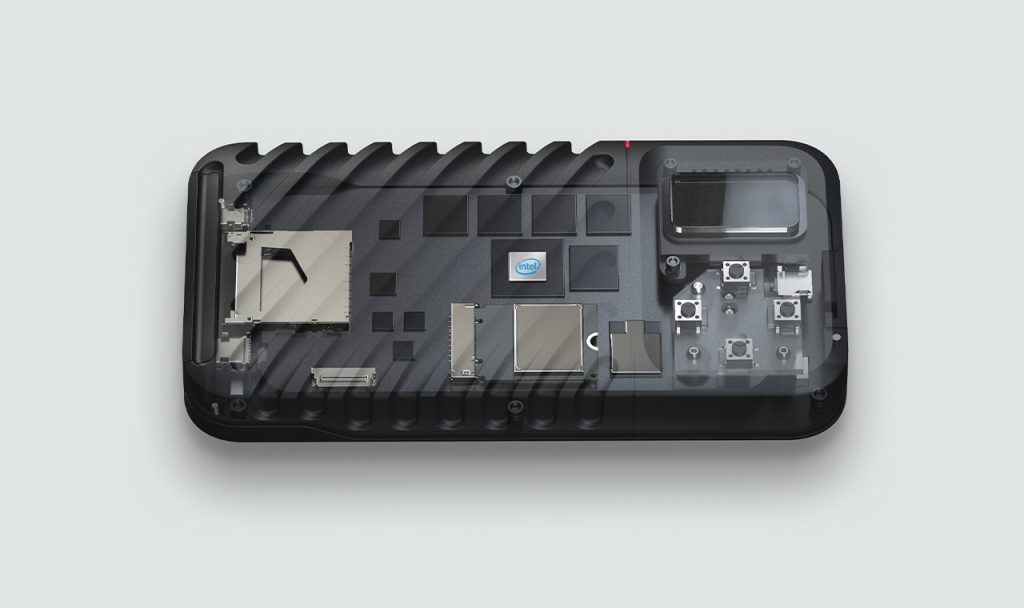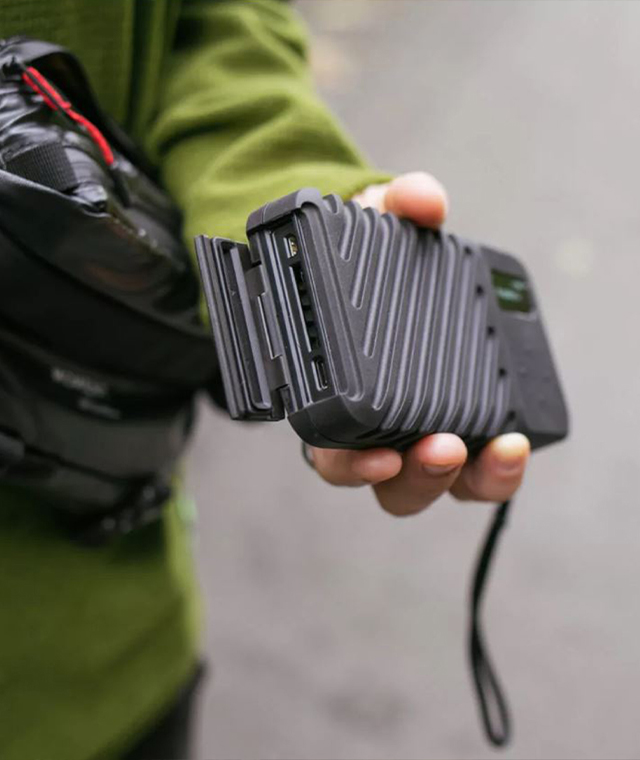ID+ENG: Reaching Across the Design Board
The Power of Turnkey Product Design
Truly exceptional products are found at the intersection of design and engineering. The unique collaborative process between designers and engineers at STEL has proven to be the key to countless successful designs for a wide range of clients, that not all design consultancies can boast. Each team is crucial to the design process and the realization of a product as they work hand-in-hand to provide synergistic effects unseen at most agencies.
01
The Best of Both Worlds
Having designers and engineers work closely together under the same roof is an invaluable asset to STEL’s end-to-end services. Most design firms specialize exclusively in one discipline—industrial design or engineering. This sole focus necessitates the critical involvement of multiple outside agencies, resulting in design direction conflicts, responsibility gaps, and severe delays to development timelines. This ultimately translates to a loss in efficiency, a reduction in budget efficacy, and a compromised design process.
By having both designers and engineers collaborating in-house, STEL can push the boundaries of design without losing sight of product quality and manufacturing. In this way, STEL fosters greater creative dialogue and captures efficiency gains associated with real-time cooperation managed under the same directional umbrella.
02 | Fluidity of Collaboration
STEL buzzes with a constant hum of collaboration as our team members consult one another for insights and recommendations based on areas of individual expertise. The swivel of a desk chair is all it takes to huddle with a seasoned engineer or pick the brain of an expert designer.
Having both teams commingle within the same workspace allows for a more fluid, open dialogue. Designers can push the envelope without pressing too far, as engineers provide input every step of the way. Engineers can modify designs to improve reliability and ready for manufacture without compromising forms and aesthetics, as designers provide guidance around every challenge.
Every product STEL creates has limitations and restrictions that designers and engineers must consider and navigate around. This requires what sometimes feels like endless iteration between design and engineering, but the process is paramount to attain the absolute best designed and engineered solution. Because interactions between designers and engineers happen organically, as needed, and in real-time, development occurs at a faster pace with fewer expended resources. This streamlined process gives clients better bang for their buck, designing better products within a minimized time frame.

03 | Teamwork Makes the Dream Work
Close cooperation between both teams is essential in overcoming design obstacles. Engineers define interface requirements, keep-out zones, and internal space allocations before designers even begin to sketch concepts. Designers keep construction and manufacturing constraints in mind while they perform their concepting work, working with engineers to ensure their designs are feasible from production and cost perspectives. Engineers translate designs into final models and drawings that are ready to manufacture, consulting designers whenever aesthetic changes must be made. Along the way, discussions are had and ideas are bounced between both teams to ensure the common goal of an optimal product is achieved.
Our Philosophy In Practice: Meet Gnarbox
Gnarbox 2.0 houses a powerful internal computer system within a fully enclosed and ingress protected casing. STEL’s engineering team was tasked with finding a solution to prevent the system from overheating under a very strict set of size, power, safety, and environmental exposure constraints. With active cooling and open venting out of the question, STEL’s lead creative director (Marco Vanella) consulted STEL’s team of designers and engineers to find a suitable solution.

Through multidisciplinary brainstorming and collaboration, the team came up with the innovative solution to incorporate an overmolded, finned heat sink into the rugged aesthetic of Gnarbox 2.0. This functional modification was massaged by the team to simultaneously satisfy engineering constraints and add a “signature” design feature.
Getting a product from sketchboard to market is nothing short of a Grand Slam tennis match between STEL’s industrial design and engineering teams. This continual give-and-take process is a crucial pillar of product development, as it allows STEL to efficiently pioneer new designs while holding focus on the realities of reliability and production.





